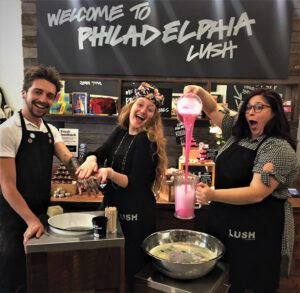Artificial Intelligence(AI)
Changing the Present, Not the Future, of Beauty Supplies
Artificial Intelligence, or AI in short, once thought to be the thing of the future but is already part of our everyday lives. AI has emerged as one of the hottest buzzwords in retail as it was featured as a key trend in retail at the National Retail Federation (NRF) Big Show in New York City this January. Small businesses are racing to embrace AI to improve customer service and increase operational efficiency. In this Cover Story, we highlight AI trends applicable to the beauty supply industry and explore how AI will change the beauty supply landscape.
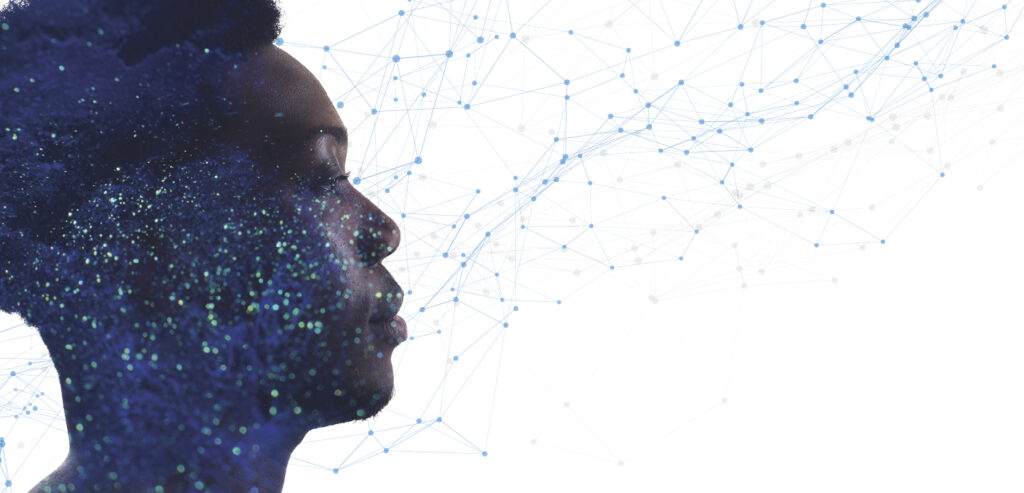
PART 1. AI technology used in retail stores, how advanced has it been?
1. Analyzing customer data to deliver ‘personalized service’
Customer relationship management (CRM) software is becoming increasingly important for retailers as the demand for personalized customer service grows. You can incorporate AI technology to CRM in retail to dig deeper into customer data. AI can analyze customer addresses, purchase history, interaction history, and more, as well as the unique behavior patterns and preferences of each customer. For example, customers who regularly buy shampoo and hair gel can be automatically sent marketing messages for related products, while customers who are only interested in wigs get only wig-related information. It allows retailers to offer more personalized services and products to each customer.

Statistics about personalized services
- 72% of consumers respond to only personalized commercial messages.
- 80% of consumers make a revisit because of personalized customer service.
- 83% of consumers are willing to provide personal data for personalized service.
Statistics by: SmarterHQ, Accenture
2. Marketing content creation
AI can dramatically reduce the time to create social media content. You don’t need complex skills in image editing or photography to create customized visual content, and it’s easy to write marketing materials for social media, emails, and texts, even if you’re not confident in English. By leveraging customer data from your CRM and POS systems, you can target your marketing efforts more precisely and maximize effectiveness.

You can type in a request for your Instagram profile image with DALL-E, an image-generating AI, who created the logo image in seconds. DALL-E 3 is included in Chat GPT Plus (paid subscription) service, and AI-powered image creation services are also available through Microsoft Copilot or Bing Image Creator for free.
Helpful AI applications for retail marketing and business
A notable change since BNB’s article on ChatGPT last year is the release of GPT-4, a new version that addresses the shortcomings of the predecessor. GPT-4 is available through the ChatGPT Plus subscription service and is a significant improvement over GPT-3 in terms of performance, versatility, customization, and depth of knowledge. The introduction of ‘Plugins’ to integrate with external data has broadened the functional scope, and the overall stability has improved. GPT-4 and the ChatGPT Plugins are only available for paid subscribers, but if you utilize them effectively, you’ll get more than the cost of the subscription ($20 per month).
| Application | Features | How to Use |

Canva |
An easy-to-use application for novices to design. Canva offers thousands of templates for a variety of business needs, including social media content, business cards, logos, video creation, and more. Users simply need to edit the text in a template. Its Magic Wand feature suggests phrases that match your topic and even translates them for you. | ChatGPT Plugins can be used in conjunction with the program to suggest templates for your needs. You can also use it on PC and via its mobile app. |

Photo Room |
Well known for its AI technology that removes backgrounds from photos. It’s a user-favorite for creating ad content, product images, and social media posts because it’s simple and quick to use. | Available on PC and in its mobile app. |

Link Reader |
It reads and summarizes the content of a user-provided webpage link. This is especially useful when you want a digested version of a long article or a webpage with a lot of information. | Available in ChatGPT Plugins. |

Ai PDF |
It summarizes and analyzes long PDF documents, and you can even ask questions about the content. | Available in ChatGPT Plugins. |
ChatGPT in Retail – Read our previous article (April 2023 Issue)
3. AI-powered POS systems
Artificial intelligence is being applied to the point-of-sale (POS) systems that retailers use every day. Golden Key, which provides POS solutions for a variety of retailers, including beauty supplies, has launched Mirakey, an AI-enabled POS. Mirakey’s capabilities are a great example of the benefits that AI can provide when combined with POS systems, demonstrating how it can significantly improve operational efficiency for retailers.

- Automated product recognition and machine-learning: It teaches itself to recognize the same item from different merchants. Automatic product recognition makes inventory management simpler and more accurate.
- Automated invoice recognition: The ability to process invoices for incoming products further improves the efficiency of inventory management. This allows store associates to process incoming goods quickly and minimize inventory errors.
- Point-of-sale video recording: Smart Bagging system integrates security camera and the POS system and records security camera footage as customers check out items. This can save you time looking for security camera footage for settling charge-back disputes or when a customer claims they didn’t receive an item. Point-of-sale footage for the transaction at issue can be emailed to the retailer, or you can manually access the security footage by scanning the barcode on the customer’s receipt.
- Inventory and employee management: A smart inventory system tracks inventory and sales in real-time. It tells you what products aren’t selling to avoid inventory build-up, and it prepares purchase orders for products that are selling. It also automates employee management through its Smart Clock system.
4. Fraud and theft prevention
Identifying suspicious transactions
According to a 2022 National Retail Federation (NRF) survey, 52.4% of retailers are increasing their budgets for security equipment. AI-powered fraud detection systems use sophisticated algorithms to analyze massive amounts of data and identify patterns that indicate fraudulent activity. Mastercard has developed Decision Intelligence Pro, which can improve its ability to detect payment fraud by up to 300%. DI Pro, which will be available later this year, utilizes a proprietary algorithm trained on data from approximately 125 billion transactions, identifying unusual patterns and potential fraud cases and patterns and trends to predict even unknown types of fraud.
AI-powered theft prevention systems
Retail theft, which is particularly problematic in beauty supplies, is poised to be largely addressed by artificial intelligence. AI software based on motion recognition leverages deep learning technology to identify and track suspicious activity in real time using security camera footage, and can send you notifications on the phone regarding suspicious activities.

이미지 출처: Veesion

A real-time theft detection system developed by AI security company Veesion is now in use at 350 stores in the United States. Most of the users of the system are small retailers, such as local liquor stores and convenience stores that are vulnerable to shoplifting. If suspicious behavior is detected, an alarm is sent to the store owner’s phone within 30 seconds.
Security robots
Some retailers are testing autonomous security robots (ASRs) for store surveillance and security. Combining self-driving technology, robotics, and AI, these robots can patrol, report, monitor, and investigate designated areas. Golden Key, a company that provides robot services to beauty supplies and restaurant companies, is also developing a security robot called Patrol that goes beyond the previous robots that greet and locate products for customers.
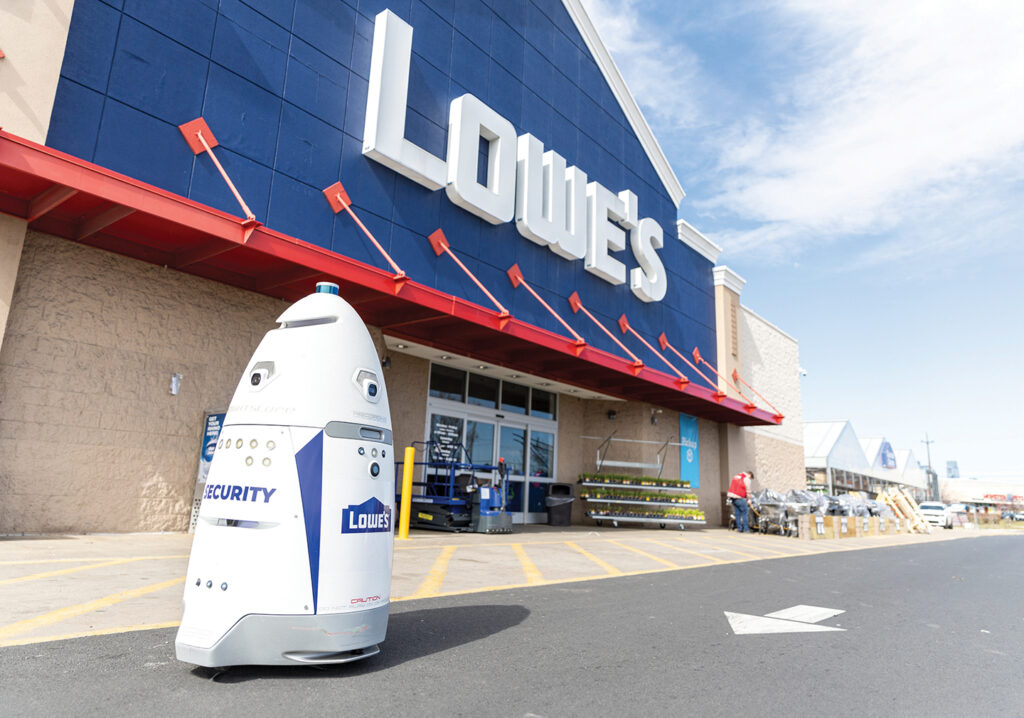
Retail chain Lowe’s is piloting security robots built by Knightscope to combat organized retail theft. The robot is equipped with facial recognition and 360-degree video recording capabilities, and can identify thieves by detecting the IMEI number or MAC address of the perpetrator’s phone. The technology was used to apprehend a retail theft suspect who targeted a luxury retail store in California. It used the phone’s unique identifying information and video, which sparked a debate over privacy concerns. Credit: Lowe’s
5. Analyze foot traffic and consumption patterns around your store
Analyzing retail floor layout and consumption patterns
While traditional retail strategies rely on intuition and personal experience, artificial intelligence (AI) offers a new way to take a data-driven approach. RFID technology can be used to identify best-selling products, and heat maps generated by heat-sensitive cameras can analyze customer interests and paths of travel to help design the optimal store layout.
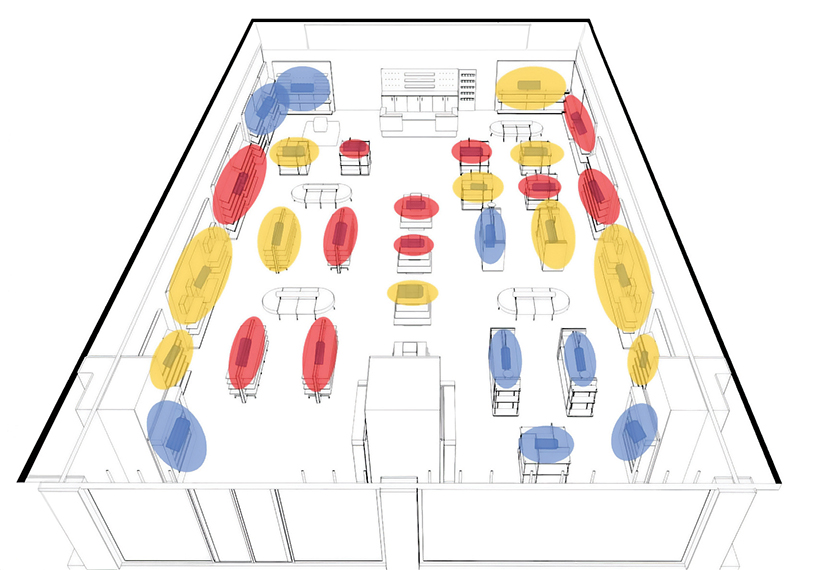
RFID technology can be used to track popular products, and you can plan more efficient merchandise displays. 이미지 출처 Detego.com

An image of a clothing store in San Francisco analyzed by Prism, a company that uses thermal cameras to analyze shopper behavior. Red color indicates that the items have been touched by many people, and blue the opposite. If a product was touched a lot but few people actually bought it, you can suspect that the item is overpriced. 이미지 출처 Prism Skylabs
Analyzing external foot traffic
If you’re planning to open a new store or want to understand the spending patterns of people around your retail location, you can use an AI platform that analyzes the relationship between foot traffic and spending. The following features can help you choose the best location for your business and understand the consumers who live in your area.

Placer.ai |
A platform that uses location data and analytics to provide insights into consumer behavior for retailers, real estate developers, and market analysts. The service uses large amounts of anonymous location data collected from mobile devices to analyze a variety of metrics, including the number of visitors to a particular area or location, the frequency of visits, where they live, and the average time spent at the location. |
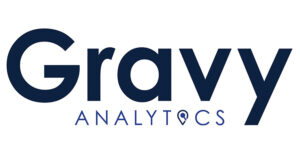
Gravy Analytics |
Gravy Analytics is a company that provides consumer behavior analytics using mobile location data. It is used in marketing, advertising, market research, and more for companies to improve their understanding of customers and market strategies. |
PART 2. Competitive edge for small retailers in the age of AI
Despite the huge benefits AI can bring to customer service and store operations, small stores face challenges such as high upfront investment, lack of expertise, and issues surrounding data acquisition and security. If small retailers want to compete with online retailers and large chains, they will need to use AI to drive efficiencies in their operations while also leveraging the unique value of humans that AI can’t replace.
1. The importance of in-store experience
Small retailers can deliver unique value to customers by focusing on exclusive in-store experiences that online retailers can’t offer. A quick checkout process, attractive store atmosphere, lively music, and professional service with personal interaction are all things that customers can only experience when they visit a physical store. This personalized approach and customized experience can go beyond the convenience of online shopping and help you impress and delight your customers.
Image source: LUSH
Cosmetics retailer LUSH is a great example of combining the traditional in-store experience with the latest technology to create a unique sensory shopping experience for customers. Customers enjoy shopping in a space where they can get detailed explanations and test out different products. With the recently launched Lush Labs app, customers can scan products with an AI-enabled app to see ingredients and descriptions, and the company is collecting customer feedback through augmented reality and experimenting with AI.
2. Emotional intelligence, still exclusive to human
Human’s emotional intelligence is something that no amount of AI can replace. This includes the ability to recognize the emotions of others and respond appropriately. Starbucks is a prime example of how emotional intelligence can be used to improve customer experience and foster brand loyalty. Starbucks seeks to make an emotional connection with customers beyond selling coffee, and provides employees with training to improve emotional intelligence (the “LATTE method”) to improve service. This approach played a key role in establishing Starbucks as a popular coffee chain.

- Listen: Listen carefully to understand the issue raised by the customer.
- Acknowledge: Acknowledge their grievance and verbally confirm to display your understanding.
- Take Action: Take action to address the issue or meet the customer’s expectation.
- Thank: Thank them for raising the issue to the attention and choosing Starbucks.
- Explain: Explain the taken action so that the customer knows how the issue is resolved.
Beauty supply stores can increase their competitiveness by offering products that are hard to find online or at larger retailers. Wigs, in particular, require customers to check quality and try on in person, and beauty supply stores often carry exclusive brands that are only available at offline stores. These factors provide a strong incentive for customers to visit your store in person, and are crucial to building customer loyalty and maintaining high margins.

3. Differentiate through community engagement
Connecting with your local community should be a key strategy for small retailers to differentiate and succeed. By actively engaging with the community, retailers can build customer trust and create loyal customers. This is true for large beauty chains and small retailers alike, and can include customer appreciation events, partnering with local businesses, participating in local events, and contributing to the community. Recent trends in conscious consumption and growing support for local and small businesses also support this approach. In fact, for every dollar spent at a local retailer, 67 cents stays in the local economy, 23 cents is reinvested in other local businesses, and the rest goes to employee wages and benefits, further supporting the growth and sustainability of the local economy.
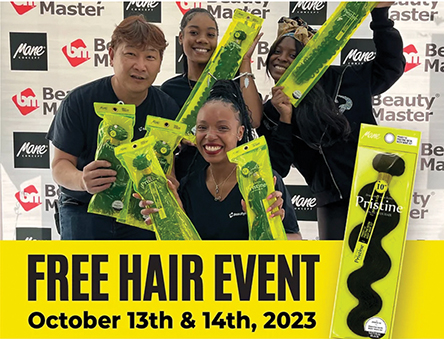
Beauty Master’s Free Hair event

Jenny Beauty Supply’s Wig Battle event
